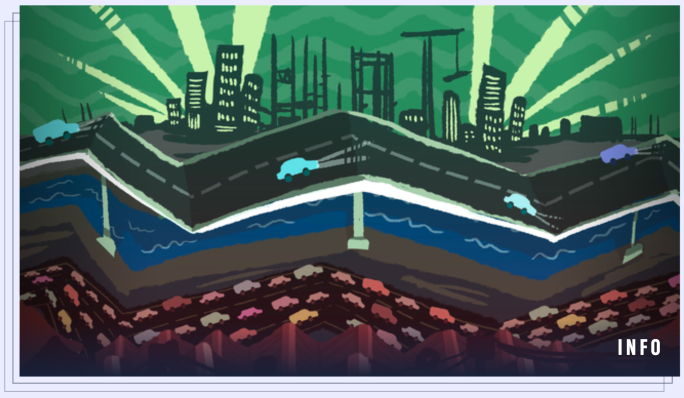In this essay, fellow urbanist April Valle and I criticise the proposed Pasig River Expressway (PAREX) as a means to re-engineer our metro’s fabric for bypass-implant urban development. We also dwell on international precedent projects and strategies that can better and holistically approach the existing city, most esp. the Pasig river environs.
Thank you to Rappler for publishing our work. Read the full article here: https://www.rappler.com/voices/imho/opinion-parex-sacrificing-urban-vitality-traffic-solution
Illustration by Nico Villarete








